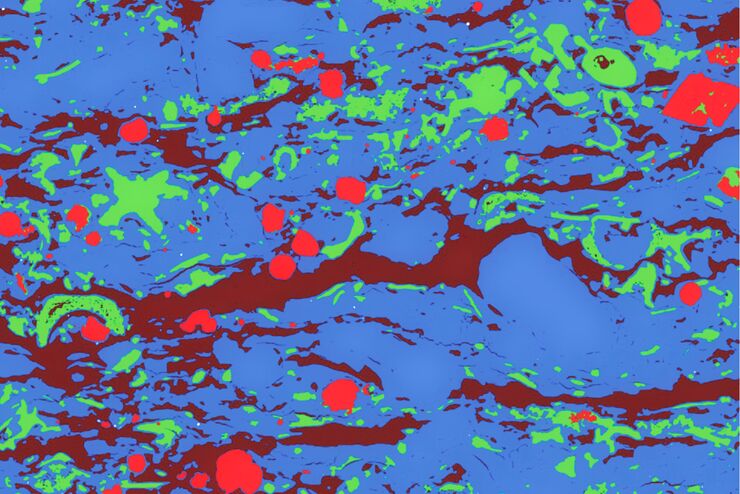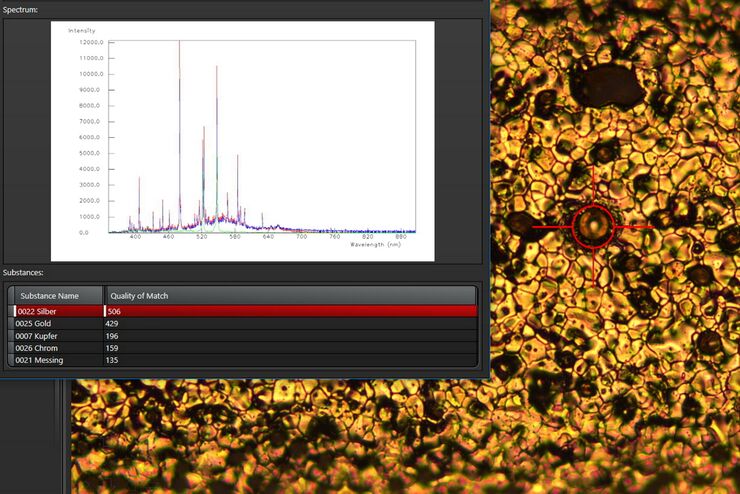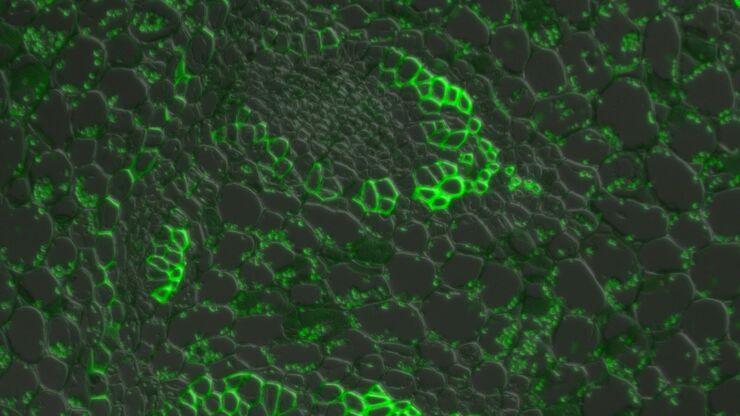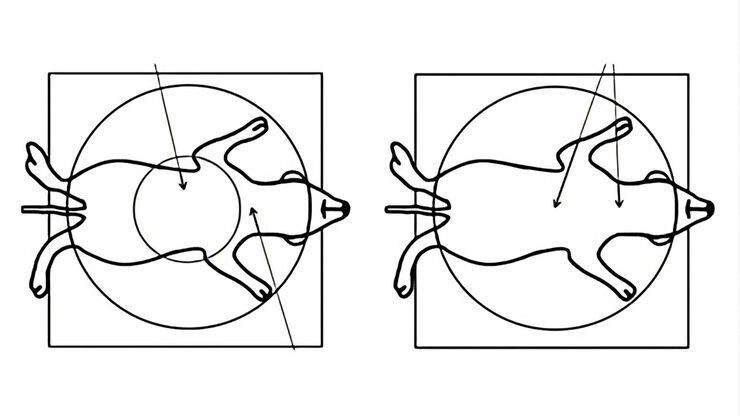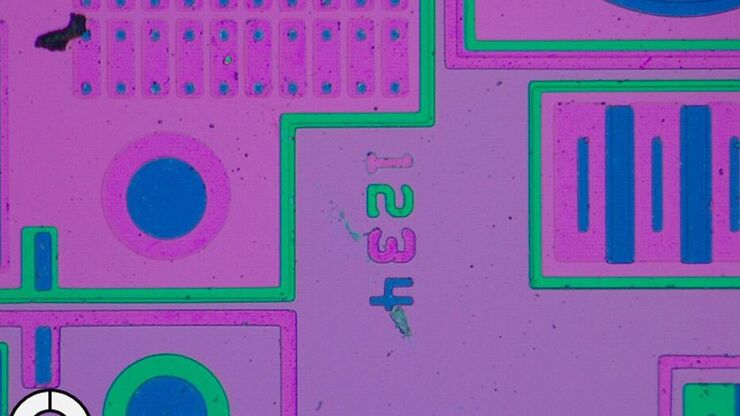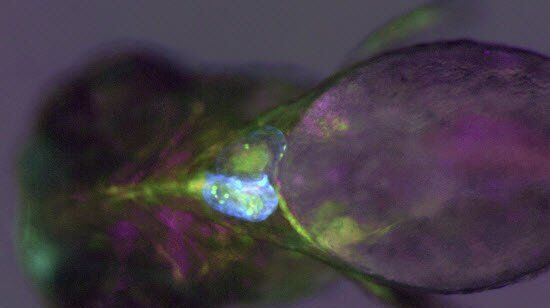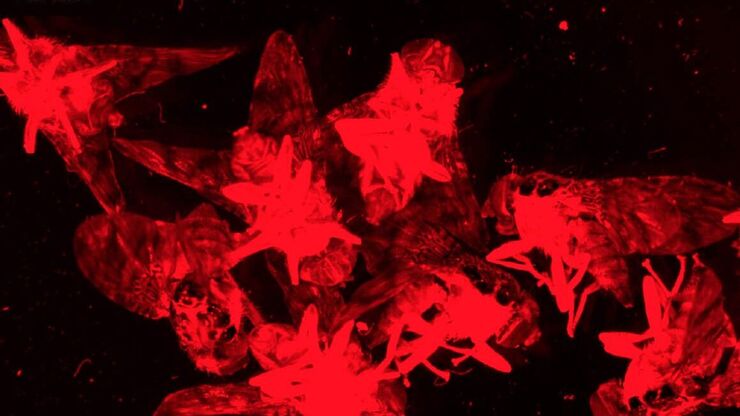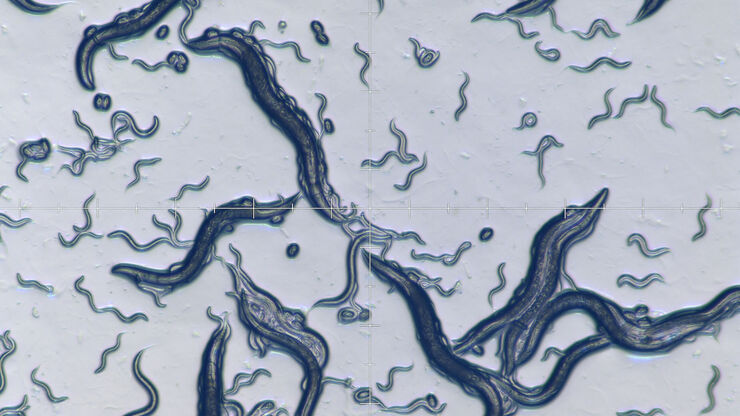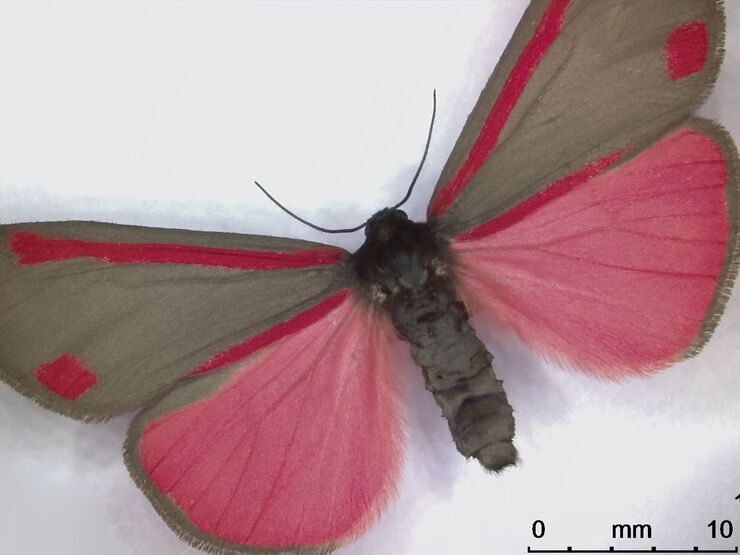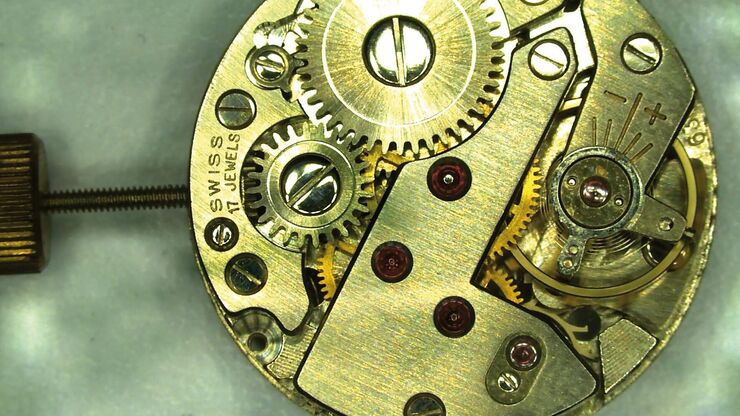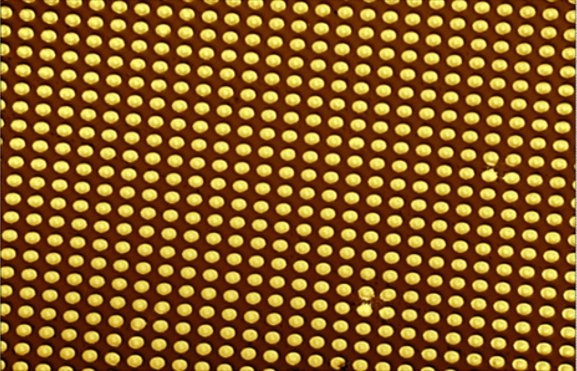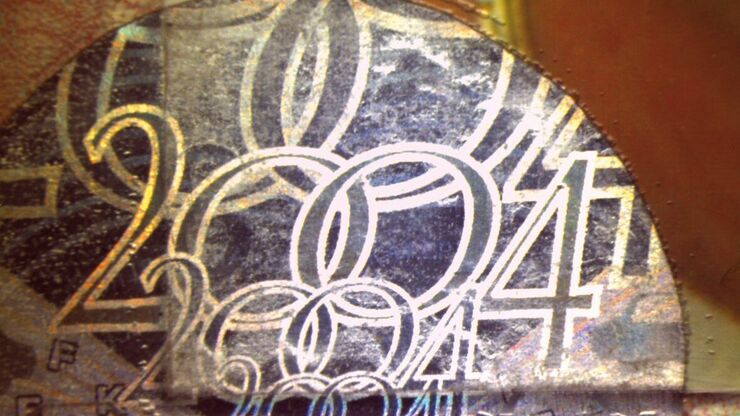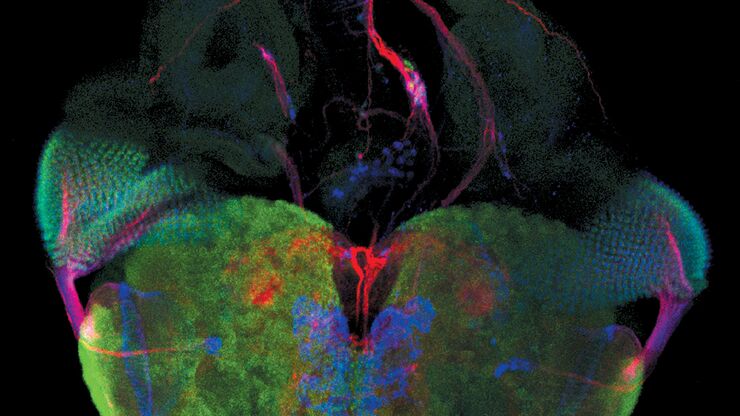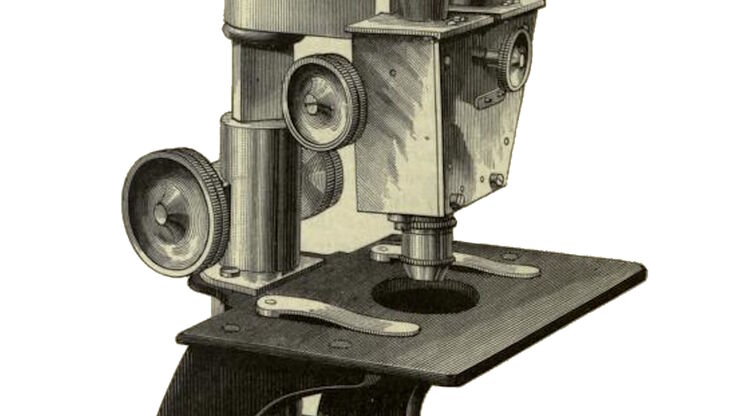James DeRose , Ph.D.

James DeRose ist wissenschaftlicher und technischer Redakteur für Stereo- und Digitalmikroskopie bei Leica Microsystems. Er verfügt über mehr als 20 Jahre Erfahrung im wissenschaftlichen und technischen Schreiben für Buch- und Zeitschriftenpublikationen. Er ist Mitautor von mehr als 35 wissenschaftlichen und technischen Publikationen, die in internationalen Fachzeitschriften veröffentlicht wurden, von mehr als 45 Präsentationen für internationale wissenschaftliche Konferenzen und Symposien sowie von zwei Patentanmeldungen. Er ist Hauptherausgeber des Buches "Aluminium Alloy Corrosion of Aircraft Structures: Modelling and Simulation", das im Jahr 2012 veröffentlicht wurde. Dieses Buch ist aus dem von der EU im 6. Rahmenprogramm finanzierten Projekt SICOM hervorgegangen. Er hat wissenschaftliche und technische Projekte mit Schwerpunkt auf angewandter F&E und Anwendungsentwicklung in den Bereichen Grenzflächenchemie und -physik, thermische und chemische Verfahrenstechnik, Korrosion und Metallografie, Oberflächenbeschichtungen und -analyse, Materialwissenschaft, Biotechnologie und Zellbiologie geleitet und zu diesen beigetragen. Er verfügt über Erfahrung mit verschiedenen Arten von Mikroskopie- und Analysemethoden. In der Vergangenheit hat er am California Institute of Technology, an der Eidgenössischen Technischen Hochschule in Lausanne sowie bei der Firma Cytion (Molecular Devices) an Projekten der angewandten Forschung und Entwicklung sowie der Anwendungsentwicklung gearbeitet. James promovierte 1993 an der Arizona State University in Physik mit dem Schwerpunkt angewandte Forschung in den Bereichen Oberflächenwissenschaften, physikalische Chemie und Biophysik. Er arbeitet seit August 2013 bei Leica Microsystems.
